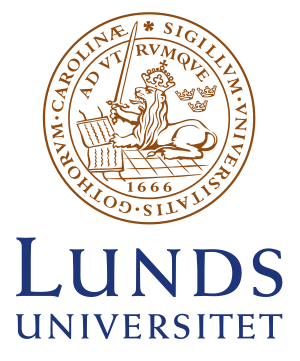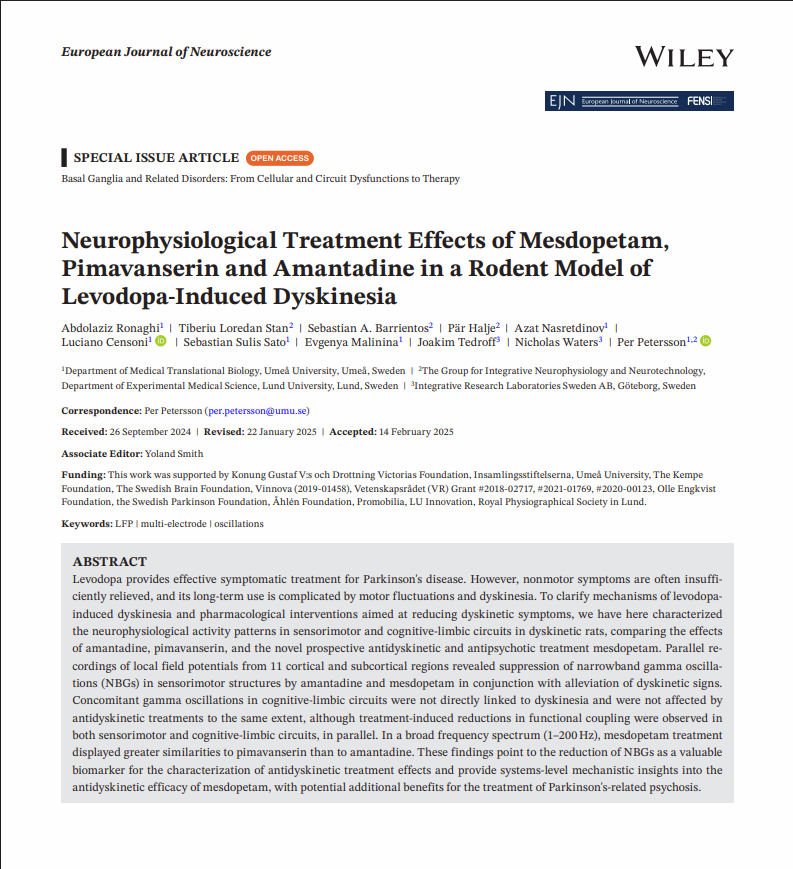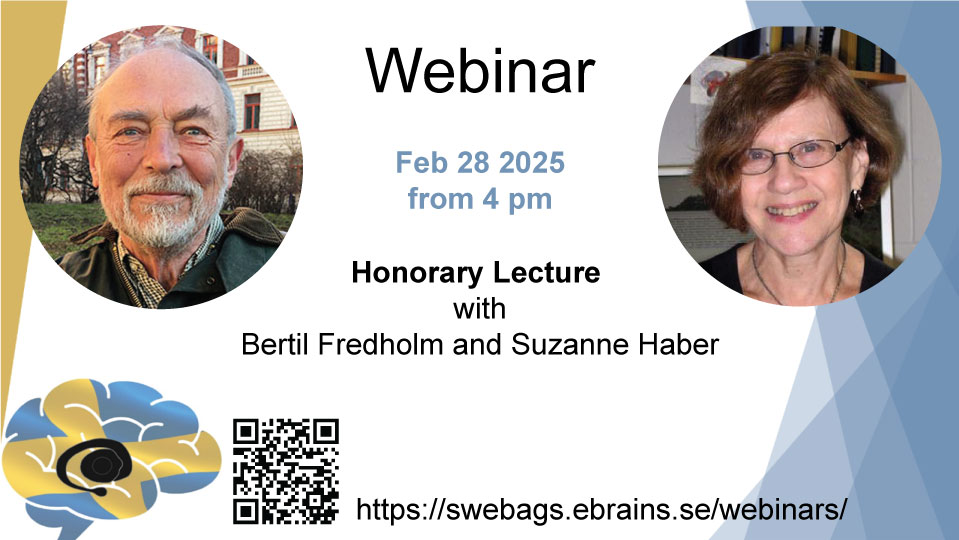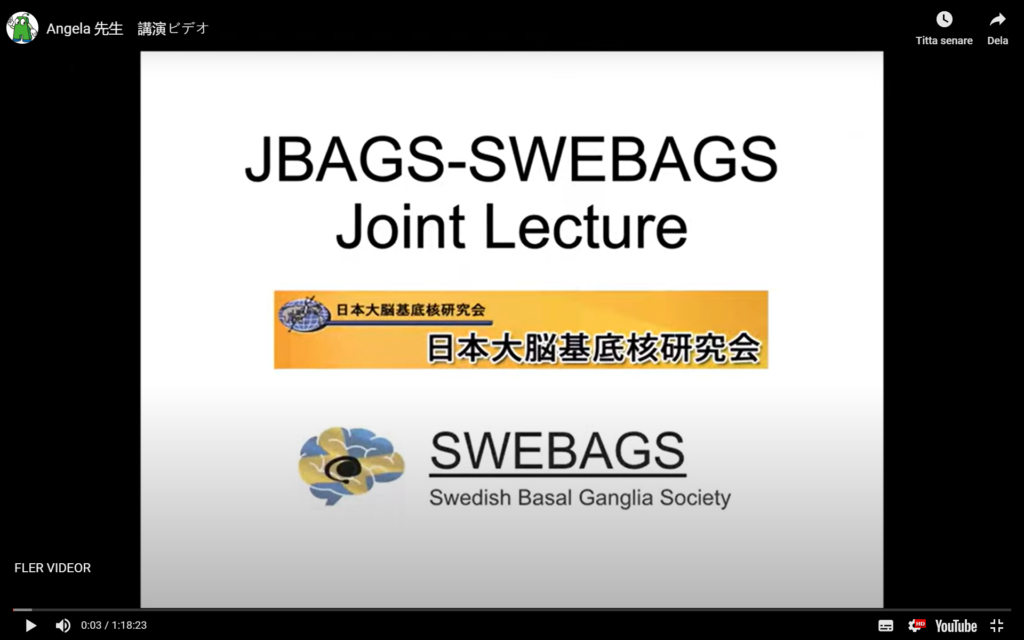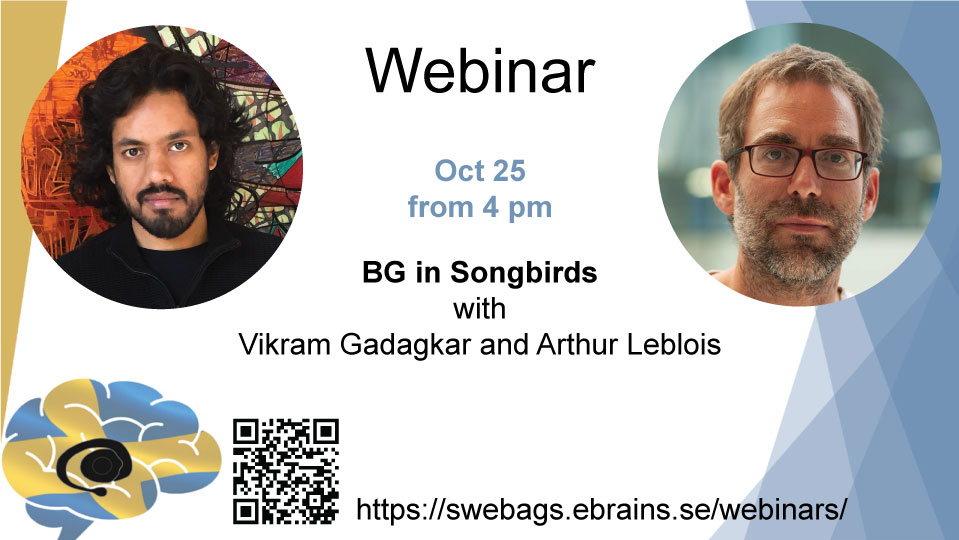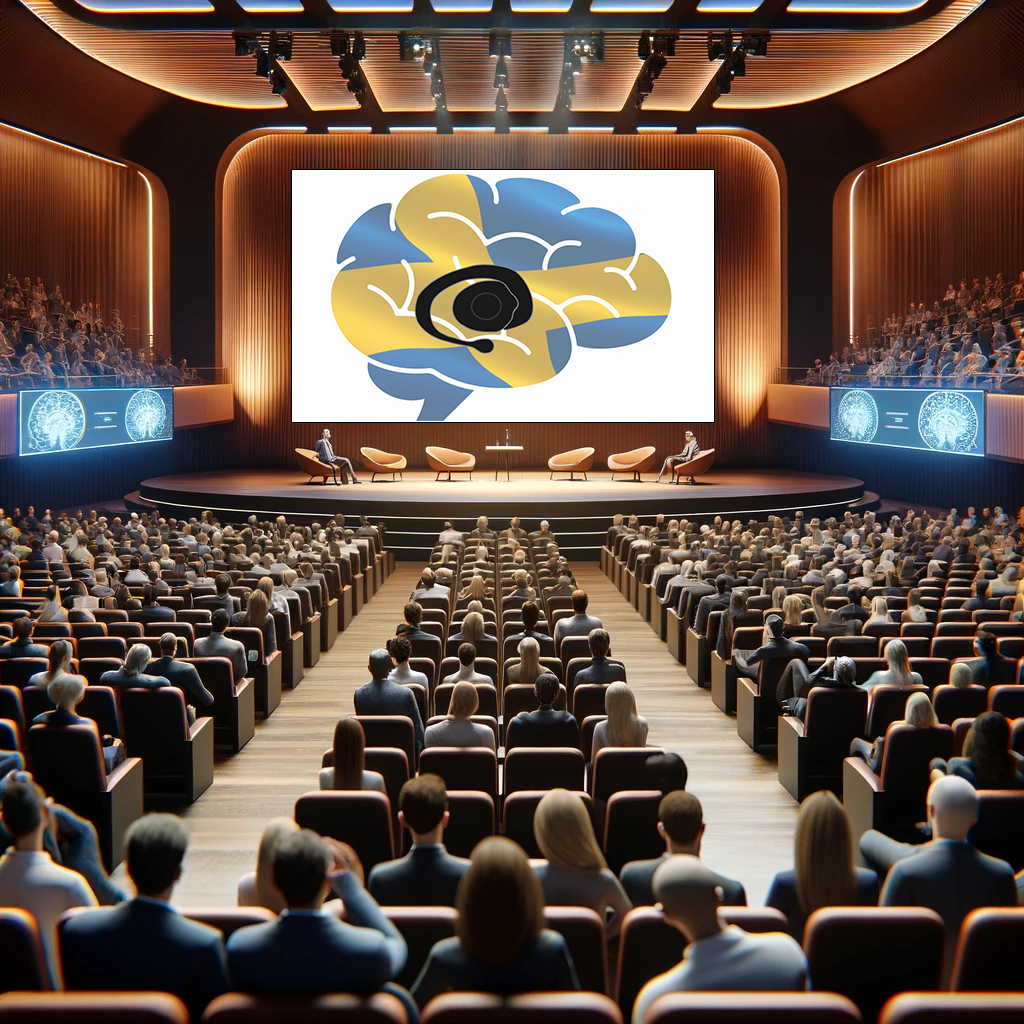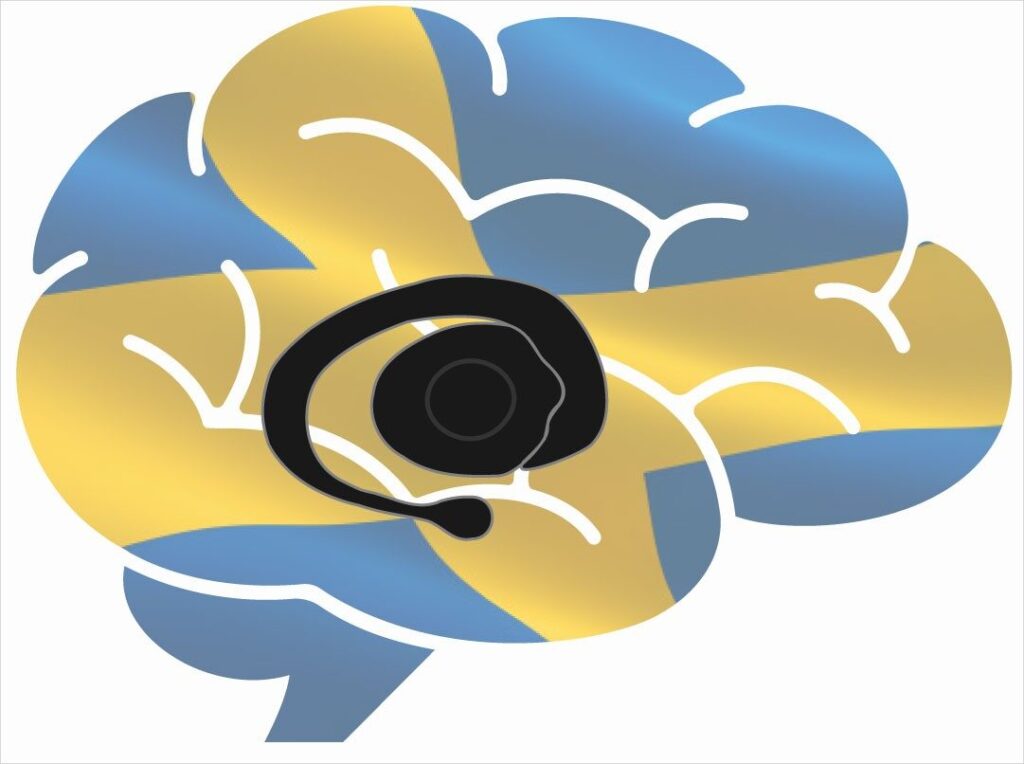Open position as Assistant Professor and Group Leader at Lund University (Lund, Sweden)
Area: Neurodegenerative disease research, with focus on disease mechanisms.
Faculty affiliation: Medical Faculty
5-years position with the opportunity for promotion to permanent employment as a senior lecturer.
- The salary is covered by Lund University
- Several forms of support will be provided by the strategic research area MultiPark (multidisciplinary research on neurogenerative diseases, https://www.multipark.lu.se)
How to apply
Applications are to be made electronically via Lund University’s applications portal by August 17, 2025:https://lu.varbi.com/en/what:job/jobID:831173/?where=36
Eligibility
- Applicants should have obtained a doctoral degree within 7 years from the closing date for the applications (i.e., not earlier than 2018) . An earlier doctoral-degree date is acceptable if there are documents proving parental leave, military service, illness, or other significant circumstances that have prevented the candidate from working as a researcher after graduation.
- The candidate should have several years of experience in biomedical-related research, having carried out a postdoctoral training in an international environment outside of Sweden.
- Research in the field should have resulted in publications at a high scientific level.
For additional information you may contact Angela Cenci Nilsson, MultiPark Director , [email protected]
Open position as Assistant Professor and Group Leader at Lund University (Lund, Sweden) Read More »
